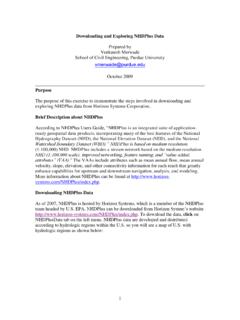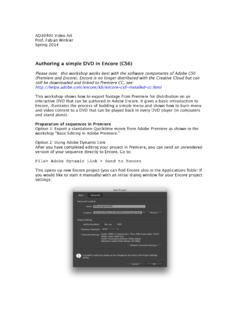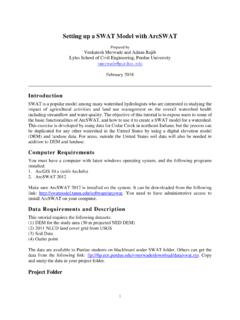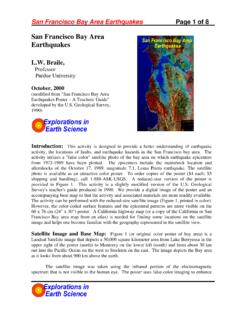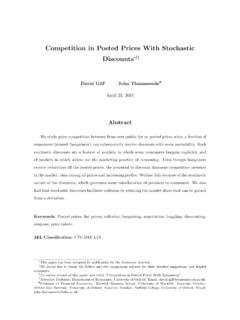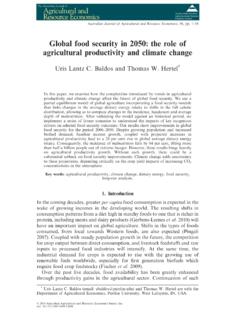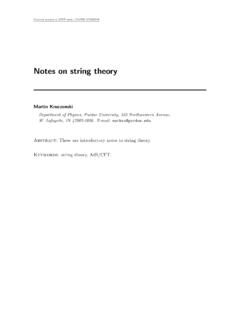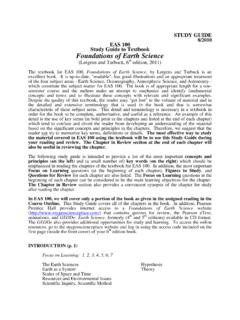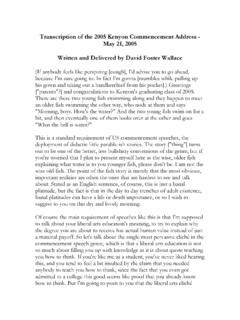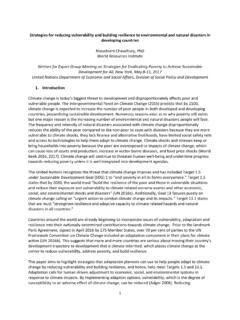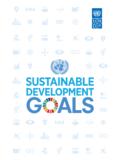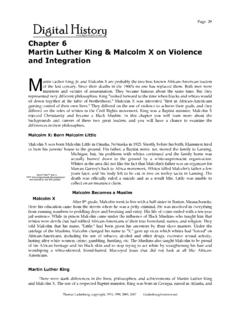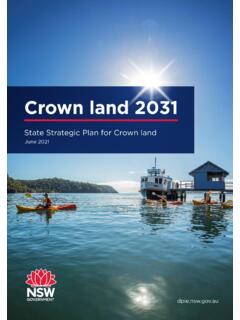Transcription of The Limits to Growth - Purdue University
1 The Limits to Growth : A Report to The Club of Rome (1972). by Donella H. Meadows, Dennis l. Meadows, Jorgen Randers, William W. Behrens III. Abstract established by Eduard Pestel Short Version of the Limits to Growth Our world model was built specifically to investigate five major trends of global concern accelerating industrialization, rapid population Growth , widespread malnutrition, depletion of nonrenewable resources, and a deteriorating environment. The model we have constructed is, like every model, imperfect, oversimplified, and unfinished. In spite of the preliminary state of our work, we believe it is important to publish the model and our findings now. (..) We feel that the model described here is already sufficiently developed to be of some use to decision-makers.
2 Furthermore, the basic behavior modes we have already observed in this model appear to be so fundamental and general that we do not expect our broad conclusions to be substantially altered by further revisions. Our conclusions are: 1. If the present Growth trends in world population, industrialization, pollution, food production, and resource depletion continue unchanged, the Limits to Growth on this planet will be reached sometime within the next one hundred years. The most probable result will be a rather sudden and uncontrollable decline in both population and industrial capacity. 2. It is possible to alter these Growth trends and to establish a condition of ecological and economic stability that is sustainable far into the future.
3 The state of global equilibrium could be designed so that the basic material needs of each person on earth are satisfied and each person has an equal opportunity to realize his individual human potential. If the world's people decide to strive for this second outcome rather than the first, the sooner they begin working to attain it, the greater will be their chances of success. All five elements basic to the study reported here--population, food production, and consumption of nonrenewable natural resources--are increasing. The amount of their increase each year follows a pattern that mathematicians call exponential Growth . A quantity exhibits exponential Growth when it increases by a constant percentage of the whole in a constant time period.
4 Such exponential Growth is a common process in biological, financial, and many other systems of the world. Exponential Growth is a dynamic phenomenon, which means that it involves elements that change over time. (..) When many different quantities are growing simultaneously in a system, however, and when all the quantities are interrelated in a complicated way, analysis of the causes of Growth and of the future behavior of the system becomes very difficult indeed. -1- The Limits to Growth . Over the course of the last 30 years there has evolved at the Massachusetts Institute of Technology a new method for understanding the dynamic behavior of complex systems. The method is called System Dynamics.
5 The basis of the method is the recognition that the structure of any system--the many circular, interlocking, sometimes time-delayed relationships among its components--is often just as important in determining its behavior as the individual components themselves. The world model described in this book is a System Dynamics model Extrapolation of present trends is a time-honored way of looking into the future, especially the very near future, and especially if the quantity being considered is not much influenced by other trends that are occurring elsewhere in the system. Of course, none of the five factors we are examining here is independent. Each interacts constantly with all the others.
6 We have already mentioned some of these interactions. Population cannot grow without food, food production is increased by Growth of capital, more capital requires more resources, discarded resources become pollution, pollution interferes with the Growth of both population and food. Furthermore, over long time periods each of these factors also feeds back to influence itself. In this first simple world model, we are interested only in the broad behavior modes of the population- capital system. By behavior modes we mean the tendencies of the variables in the system (population or pollution, for example) to change as time progresses. A major purpose in constructing the world model has been to determine which, if any, of these behavior modes will be most characteristic of the world system as it reaches the Limits to Growth .
7 This process of determining behavior modes is "prediction" only in the most limited sense of the word. Because we are interested at this point only in broad behavior modes, this first world model needs not be extremely detailed. We thus consider only one general population, a population that statistically reflects the average characteristics of the global population. We include only one class of pollutants--the long- lived, globally distributed family of pollutants, such as lead, mercury, asbestos, and stable pesticides and radioisotopes--whose dynamic behavior in the ecosystem we are beginning to understand. We plot one generalized resource that represents the combined reserves of all nonrenewable resources, although we know that each separate resource will follow the general dynamic pattern at its own specific level and rate.
8 This high level of aggregation is necessary at this point to keep the model understandable. At the same time it Limits the information we can expect to gain from the model. Can anything be learned from such a highly aggregated model? Can its output be considered meaningful? In terms of exact predictions, the output is not meaningful. On the other hand it is vitally important to gain some understanding of the causes of Growth in human society, the Limits to Growth , and the behavior of our socio-economic systems when the Limits are reached. All levels in the model (population, capital, pollution, etc.) begin with 1900 values. From 1900 to 1970. the variables agree generally with their historical value to the extent that we know them.
9 Population rises from billion in 1900 to billion in 1970. Although the birth rate declines gradually, the death rate falls more quickly, especially after 1940, and the rate of population Growth increases. Industrial output, food and services per capita increase exponentially. The resource base in 1970 is still about 95 percent of its 1900 value, but it declines dramatically thereafter, as population and industrial output continue to grow. -2- The Limits to Growth . The behavior mode of the system is that of overshoot and collapse. In this run the collapse occurs because of nonrenewable resource depletion. The industrial capital stock grows to a level that requires an enormous input of resources.
10 In the very process of that Growth it depletes a large fraction of the resource reserves available. As resource prices rise and mines are depleted, more and more capital must be used for obtaining resources, leaving less to be invested for future Growth . Finally investment cannot keep up with depreciation, and the industrial base collapses, taking with it the service and agricultural systems, which have become dependent on industrial inputs (such as fertilizers, pesticides, hospital laboratories, computers, and especially energy for mechanization). For a short time the situation is especially serious because population, with the delays inherent in the age structure and the process of social adjustment, keeps rising.
